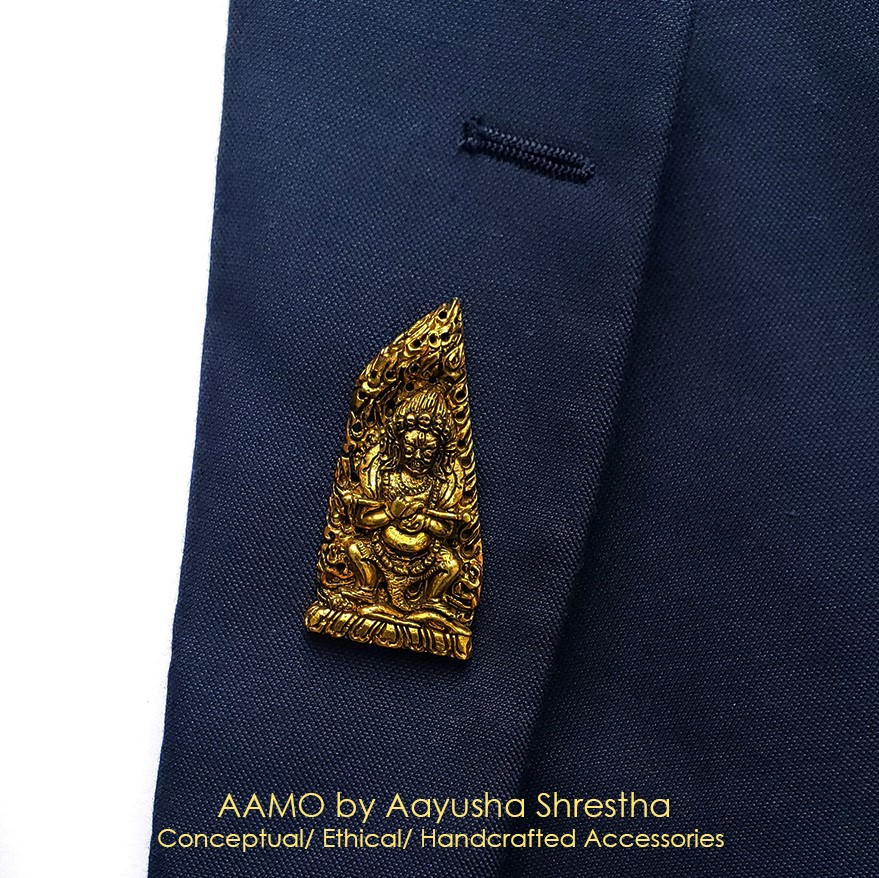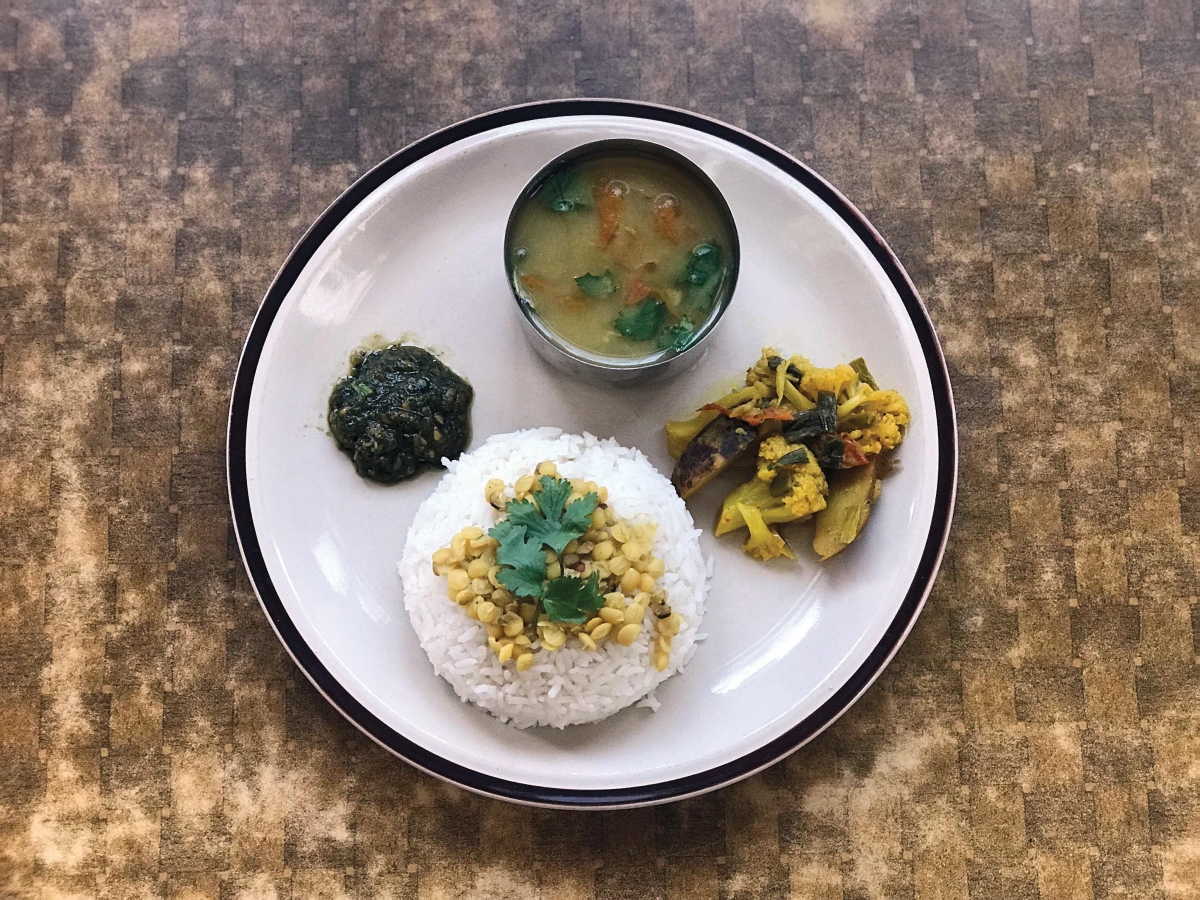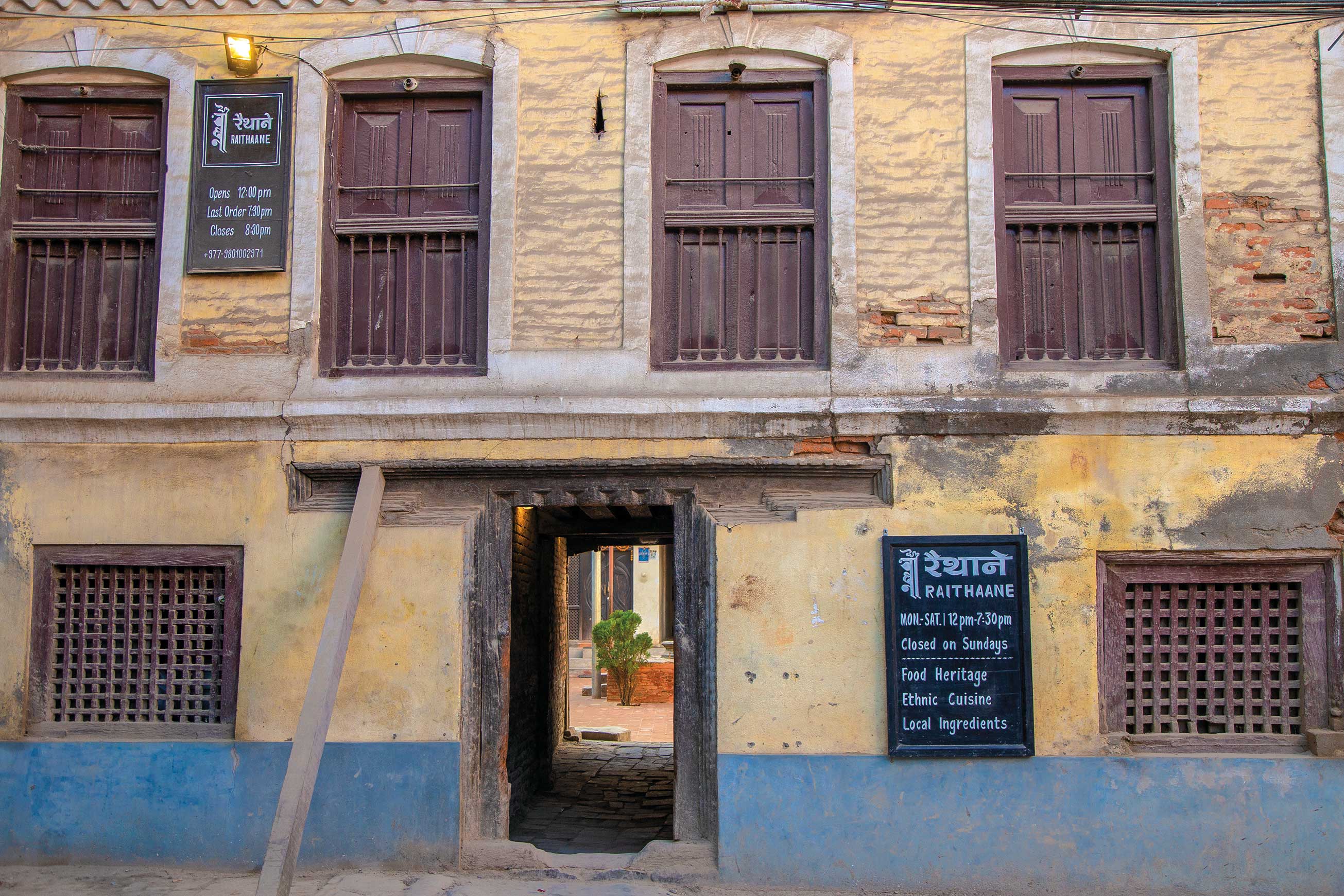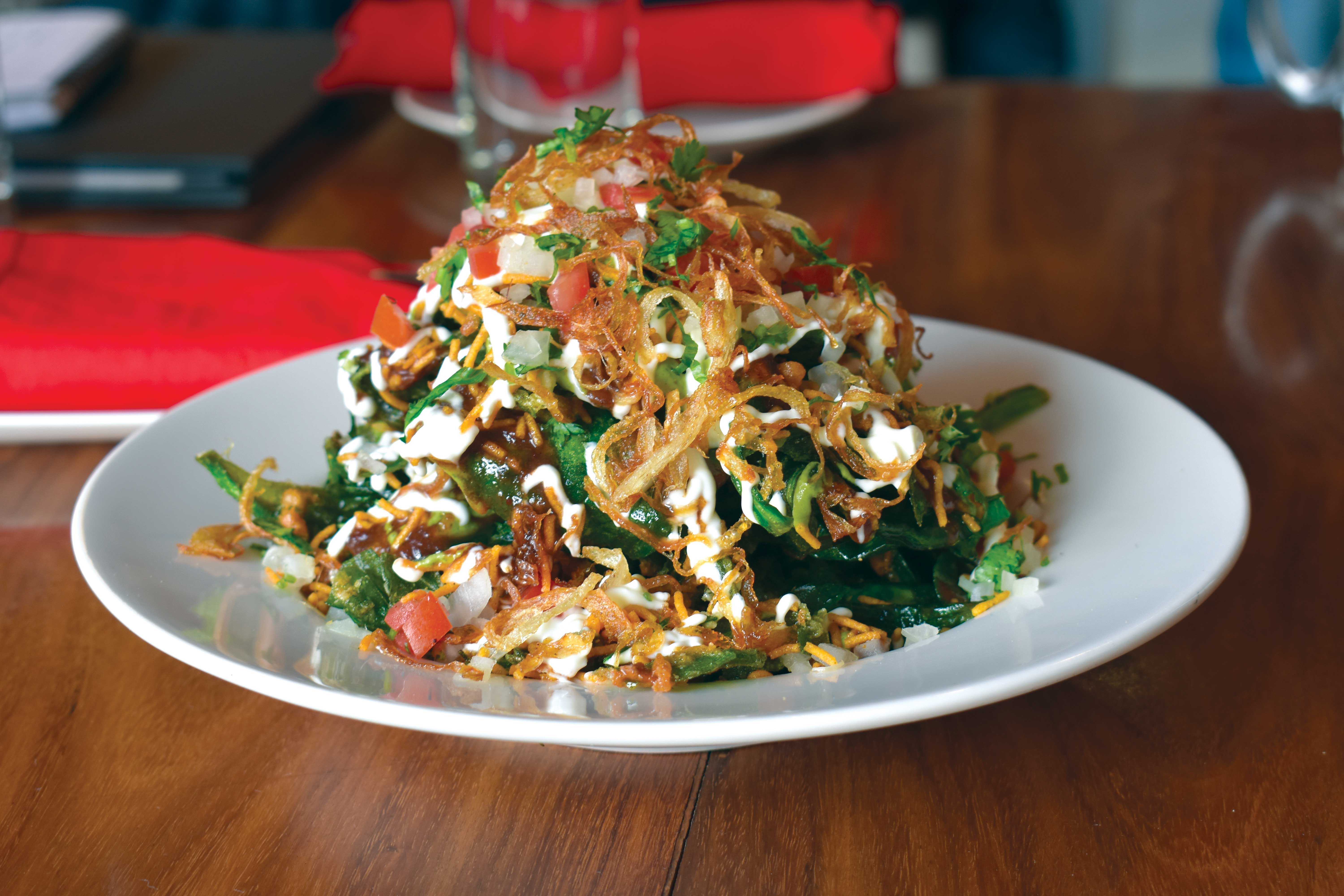The Newar bhwaye is everyone's favorite but how exactly is it scientific?I have a chronic case of acid reflux or gastroesophageal reflux disease if I want to sound all technical about it. Basically, I get chest burns when I have food that’s oily, spicy and made of flour among other things. Long story short, this removes many fine delicacies from my regular menu. No doughnut binges, not more than two beers on hot summer days, no naans and butter chicken – no fun. I follow this discipline more or less strictly for two reasons. One, chest burns are not fun and two, if I want to suffer, I want to do so post a worthy meal. Which brings us to the Newar bhoj or bhwaye.The Newar bhoj (feast) is a deceivingly scientific feast. I say deceiving because to any bystander the cuisine or the settings for the same do not seem prepared to cater to people who bother with science meal. Molecular gastronomy it certainly is not. The best bhwaye items are often enjoyed in small, shabby roadside eateries most Nepalis know as bhattis. A cleaner and classier setting to enjoy a sumptuous bhwaye is actually free – the traditional receptions to Newar ceremonies such as marriages and the rite of passage tradition of bratabandha. Enjoyed sitting cross legged on a sukul, a narrow, long straw mat rolled out to accommodate hundreds of guests at these “parties” at one go, the bhwaye consists of numerous delicacies depending upon the occasion.Now the contents of a Newar bhwaye differ with the occasion but a generalised menu can be listed thus: baji (beaten rice), palu, woh (salty lentil cakes), kegu, chhwela (spicy buff), dyakula (buff curry), bhuttan (fried buff intestines), chhyalla, kauli (cauliflower curry), mula achar (radish pickle) andsaag (greens). For themostly cool weather of Kathmandu (it helps that most marriages are held in the winter), the food goes really well. The feast is traditionally served in a laptey, a plate made out of wide leaves sewn together with thin strips of bamboo.The science kicks in when you need help washing it all down. There is a choice in alcoholic beverage between thhwno: or chhyanng (a sweet, muddy white, home brewed liquor made from fermented rice), and aela (clear, strong, home brewed liquor made from broken rice grains). Both are traditionally served in a salneecha, a disposable, palm size clay saucer More science and sense are apparent with servings of mii, paun kwaah and mula (raddish), served with the intent to help you digest your food. The alkaline content of the paun kwaah helps cut the fat in the food while the dahi (sweet yogurt), mithai (milk based sweets) and fruits at the end make for a refreshing dessert.
The beauty is in that between all this food and endless rounds of aela, science is the last thing on anyone’s mind.










